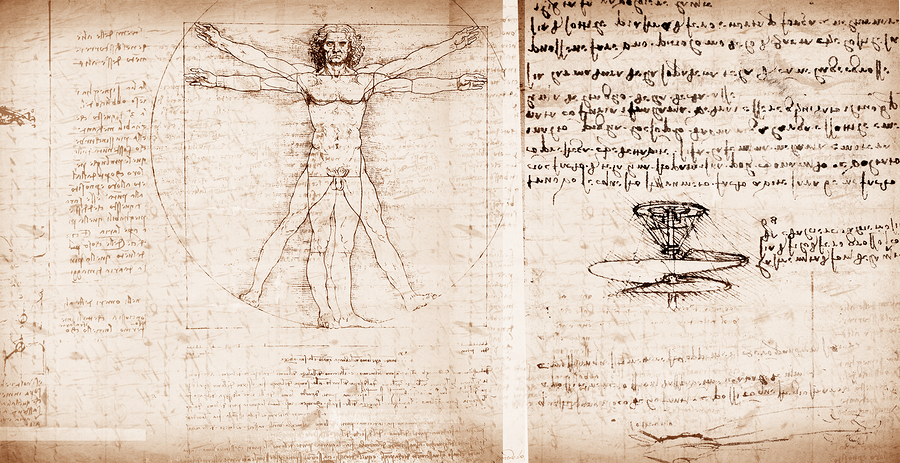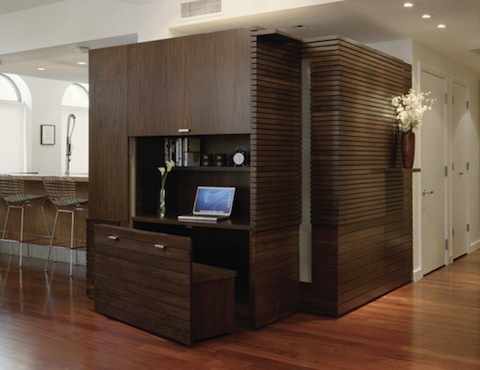Para encontrar una fecha que celebre la universalidad del arte en cada una de sus distintas ramas, especialistas y amantes de las distimntas vertientes de la expresión humana decidieron buscar en uno de sus más grandes expositores y su fecha de natalicio: Leonardo Da Vinci.
Desde 2012, la Asociación Internacional del Arte (IAA, por sus siglas en inglés) declaró el 15 de abril como el Día Mundial del Arte, justo la fecha en que Leonardo nació en el año de 1492. El genial inventor y representante del movimento renacentista resulta determinante para explicar el desarrollo de disciplinas creativas y expresivas como la escultura y el dibujo.
Los estudios anatómicos, retratos, modelos de artefactos y demás obejtos creativos que Da Vinci elaboró durante su vida productiva hoy en día siguen sorprendiendo al mundo y lo han encumbrado como uno de los más destacados artistas de la historia de la humanidad… excelente motivo para declarar la fecha de su nacimiento como un día para celebrar al arte a nivel global ¿no?
Organizaciones culturales, institutos de arte, escuelas creativas y demás espacios que enfocan su actividad a este tipo de expresiones humanas organizan eventos de diversa índole para conmemorar esta fecha que seguramente se irá generalizando cada año con mayor contundencia.
Por lo pronto, y para aprovechar la oportunidad, te mostramos inspiradoras imágenes que nos recuerdan los trazos y el estilo que Leonardo Da Vinci estableció como universal en la historia de la humanidad y el arte.












